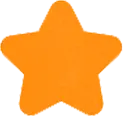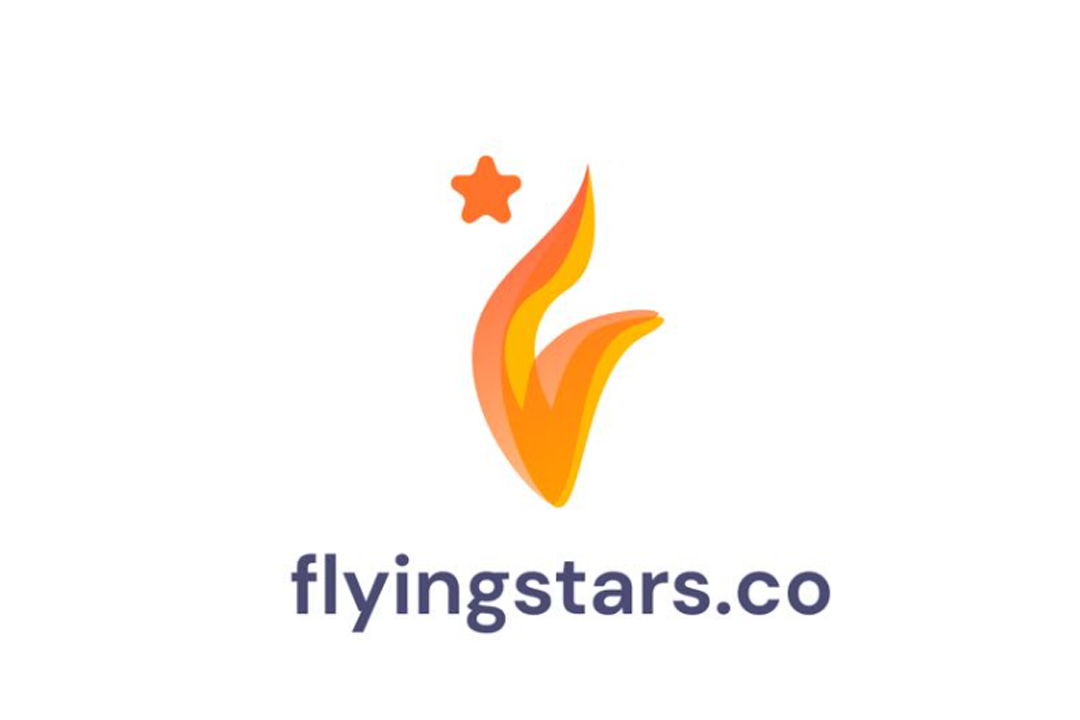12 Feb 2025
The Evolution of Website Design Aesthetics (2011-2025): A Journey Through Trends and Innovations
A decade of web design evolution – from flat UI to AI-driven, immersive experiences

Introduction
Website design has undergone a dramatic transformation over the last decade, evolving from simple, static layouts to immersive, dynamic experiences driven by AI and interactive elements. From the minimalist trends of the early 2010s to today’s AI-driven personalization, web design has continuously adapted to new technologies, user behaviors, and aesthetic preferences.
In this article, we explore the key changes in website design evolution, the history of web design, and the modern web design aesthetics from 2011 to 2025, examining the website design trends 2025, technological advancements, and UX and UI trends that have shaped the digital landscape.
2011-2015: The Rise of Minimalism and Mobile Responsiveness
Flat Design Takes Over
In 2011, skeuomorphic design—where digital elements mimicked real-world textures—was still common. However, Apple’s iOS 7 (2013) marked a shift towards flat design, characterized by clean lines, bright colors, and simplified elements. This shift was further reinforced by Google’s Material Design (2014), which introduced layered, grid-based layouts for improved readability and usability.
Mobile-First Approach Becomes Essential
The introduction of responsive web design evolution (popularized by CSS media queries) became a necessity as mobile traffic surged. Websites started shifting from desktop-first layouts to fluid, adaptable designs optimized for smartphones and tablets.
Typography Takes Center Stage
With improved web font support (thanks to Google Fonts), designers moved beyond basic fonts like Arial and Times New Roman, embracing bold typography to enhance visual storytelling.
Parallax Scrolling and Interactive Storytelling
Websites began experimenting with parallax scrolling, creating depth and engagement through layered animations and smooth transitions. This was particularly effective in storytelling-based designs used by brands to captivate users.
Popular Website Aesthetic Trends (2011-2015)
✅ Flat design over skeuomorphism
✅ Rise of responsive design
✅ Focus on typography-driven layouts
✅ Emergence of parallax scrolling
2016-2020: The Age of Immersive UX and Dark Mode
Micro-Interactions Enhance UX
With user experience (UX) becoming a major priority, designers incorporated micro-interactions—subtle animations triggered by user actions (e.g., hover effects, button feedback). These small details improved usability and engagement.
Dark Mode and Neumorphism Gain Popularity
Apple and Android’s system-wide dark mode website design (2019) pushed more websites to offer dark-themed interfaces. Alongside this, neumorphism (a blend of flat and skeuomorphic design) emerged, adding soft shadows and depth to UI elements.
AI-Powered Personalization and Chatbots
Websites started integrating AI-driven web design, AI-powered recommendations, dynamic content, and chatbots for customer support, making user experiences more personalized and interactive.
Asymmetry and Bold Color Schemes
While traditional websites followed structured grids, modern designs in this period embraced asymmetry to create unique, artistic layouts. Brands also experimented with vibrant gradients, oversized typography, and fluid animations to stand out.
Popular Website Aesthetic Trends (2016-2020)
✅ Micro-interactions for smoother UX
✅ Rise of dark mode and neumorphism
✅ AI-driven personalization
✅ Asymmetry and experimental layouts
2021-2025: AI-Driven, Interactive, and 3D Web Experiences
AI and Machine Learning Personalization
By 2025, AI-driven web design has become hyper-personalized, adjusting content dynamically based on user behavior, location, and preferences. This shift has led to ultra-responsive and context-aware web experiences.
3D Graphics and Immersive Design
With the rise of WebGL, Three.js, and advanced CSS animations, websites now feature real-time 3D elements, augmented reality (AR) integrations, and immersive visual storytelling. Users can interact with dynamic objects in ways that were once possible only in video games.
Voice and Gesture-Based Navigation
With advancements in voice search in web design and AI assistants, websites are moving beyond traditional menus, allowing users to navigate via voice commands and even gesture controls.
Brutalist and Anti-Design Movement
While clean, minimalist designs remain popular, some brands are embracing brutalist aesthetics—bold, unconventional layouts that defy traditional web design rules, creating an intentionally raw and disruptive look.
Sustainable Web Design
As businesses focus on sustainability, web designers are optimizing sites for energy efficiency, reducing heavy animations, unnecessary scripts, and implementing low-carbon web hosting to create environmentally friendly digital experiences.
Popular Website Aesthetic Trends (2021-2025)
✅ AI-powered personalization
✅ 3D graphics, AR, and immersive web experiences
✅ Voice and gesture-based navigation
✅ Rise of brutalist design and sustainability-focused websites
Flashback: Our Website Designs from 2011
Back in 2011, websites were designed with simplistic layouts, static elements, and bold color contrasts. The concept of mobile responsiveness was still emerging, and designs heavily relied on fixed-width layouts and image-based navigation.
Here’s a glimpse of our early work:



🔹 Key Features of 2011 Web Design:
- Fixed-width layouts with boxy structures
- Heavy use of images for navigation and banners
- Bright, high-contrast colors and bold typography
- Limited interactivity with minimal animations
- Static content with minimal dynamic elements
These early designs were a stepping stone in our journey. Over the years, we have transitioned to modern, AI-powered, interactive web designs, keeping up with the latest UI/UX trends.
Final Thoughts
From the flat design revolution in 2011 to today’s AI-powered, immersive experiences, web design aesthetics have drastically evolved to enhance usability, engagement, and interactivity. As technology continues to advance, the future of website design promises even more personalized, visually stunning, and interactive experiences for users worldwide.
If you’re looking to revamp your website with the latest web design trends over the years, contact us today and bring your digital presence to the next level! 🚀


